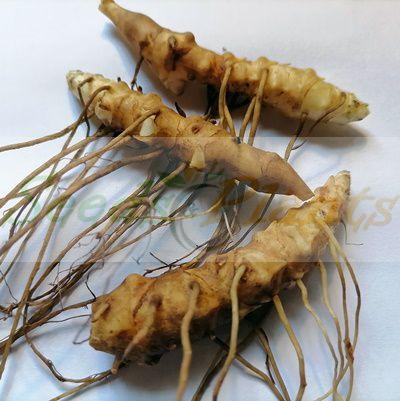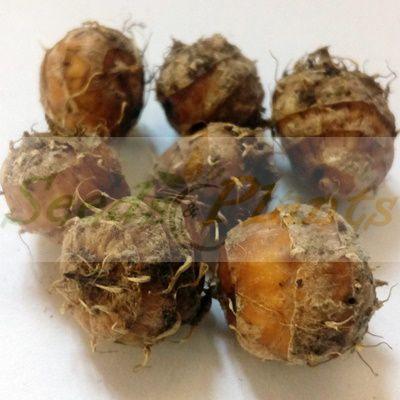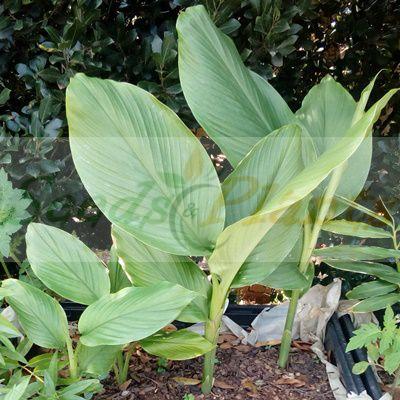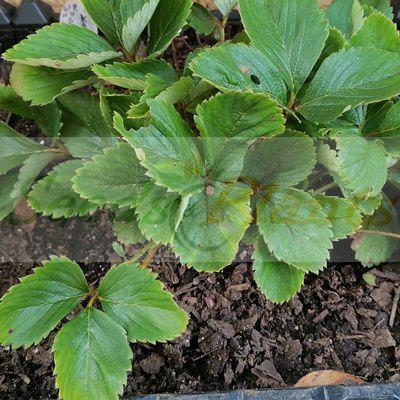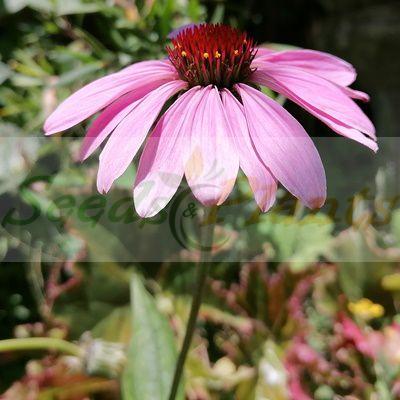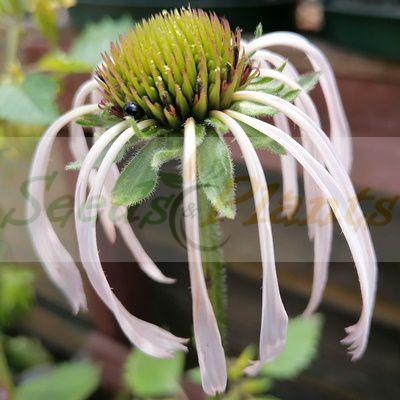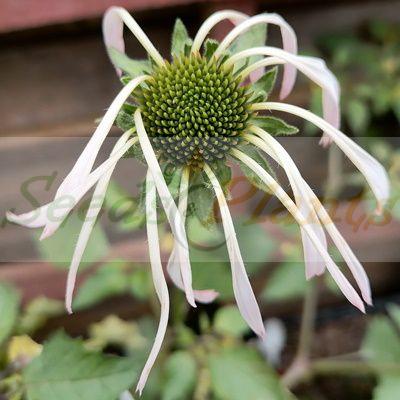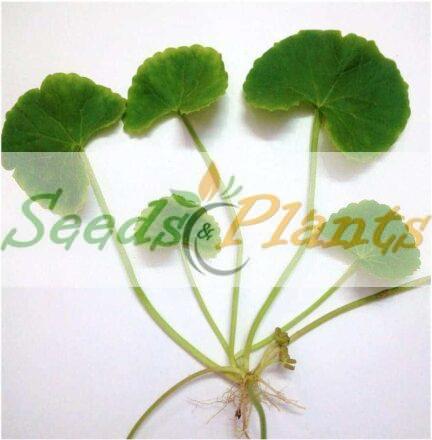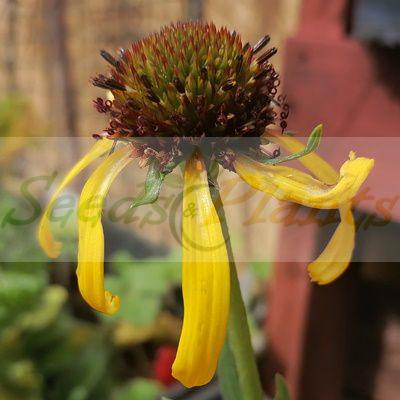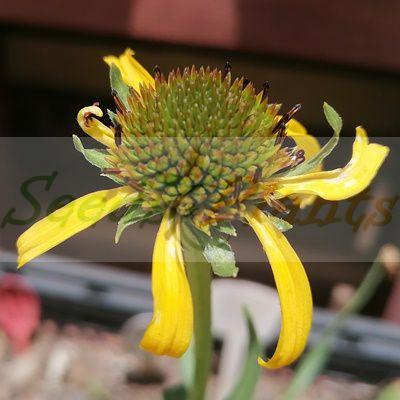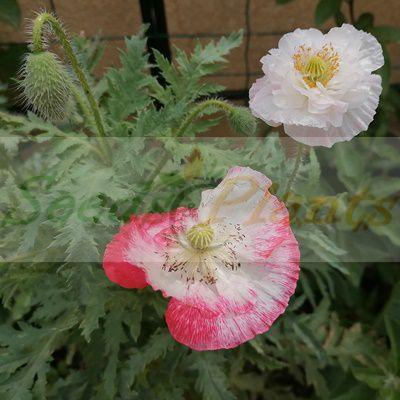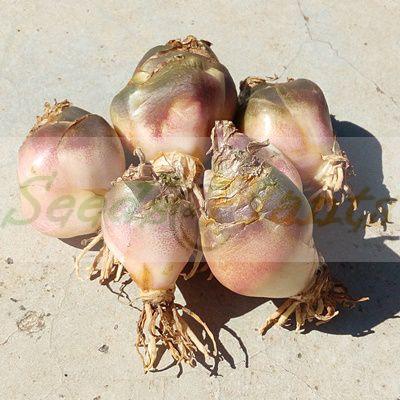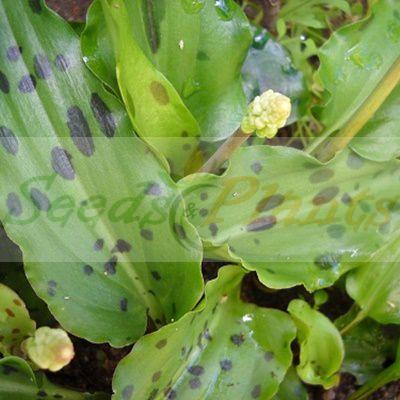Turmeric Rhizomes – 2 Rhizome Pieces
(Curcuma domestica syn. Curcuma longa)
R50.00
Each packet contains 2 small pieces of turmeric rhizome with 2 buds on each piece.
Planting Time: Winter.
Organic – Rhizomes harvested from our own plants.
Out of Stock
Email me when the product is back in stock.
Each packet contains 2 small pieces of turmeric rhizome with 2 buds on each piece. Turmeric rhizomes is the fleshy root-like structures from which a Turmeric plant is grown. Turmeric is widely used to season a variety of meat, rice and vegetable dishes in Middle Eastern and Asian cuisines. It has also traditionally been used in Ayurvedic and Chinese medicine to treat inflammatory conditions, skin diseases, wounds, digestive ailments, and liver conditions.
Planting Turmeric Rhizomes
Planting Time: Winter.
- Turmeric likes fertile, well-drained soil, and filtered sun.
- It can be grown directly in the garden or in containers.
- It is usually planted in winter, and harvested the following autumn to early winter. However, you can also plant the rhizomes in Spring or Summer .
- Plant the rhizome at an angle, with one side about 7cm deep, and the other just below the surface. Position it so that the growth buds point upwards. Cover with soil and press down firmly.
- Rhizomes are prone to rotting if they’re in standing water or soggy soil, so water very lightly after planting and then do not water the rhizomes again until you see that they have started to break dormancy, meaning when the first green shoots appear. This will happen in Spring, if you planted the rhizomes in winter. If you planted the Rhizomes in Spring or Summer, then it can take anything from 20–45 days, before you will see green shoots.
- Turmeric requires 8 to 10 months of frost-free growing, from planting to harvest. For the first year, leave it to become established before harvesting.
Disclaimer
Medicinal Information:
All medicinal information on this website is for educational and informational purposes only and may not be construed as medical advice. The information is not intended to replace medical advice or treatment offered by healthcare professionals.
Seeds, Plants, Plant Cuttings, Geophytes and Dried Herbs:
In some countries and provinces, certain plants are deemed as invasive and are not allowed to be planted at all, whilst some plants are allowed to be grown only in certain areas or provinces. The onus is on you as the buyer to familiarize yourself with the regulations pertaining to your location, before purchasing any of our seeds, plants, plant cuttings, geophytes or dried herbs. We will not be held liable, should you purchase any seeds, plants, plant cuttings, geophytes or dried herbs. from us which are prohibited in your country or province.

